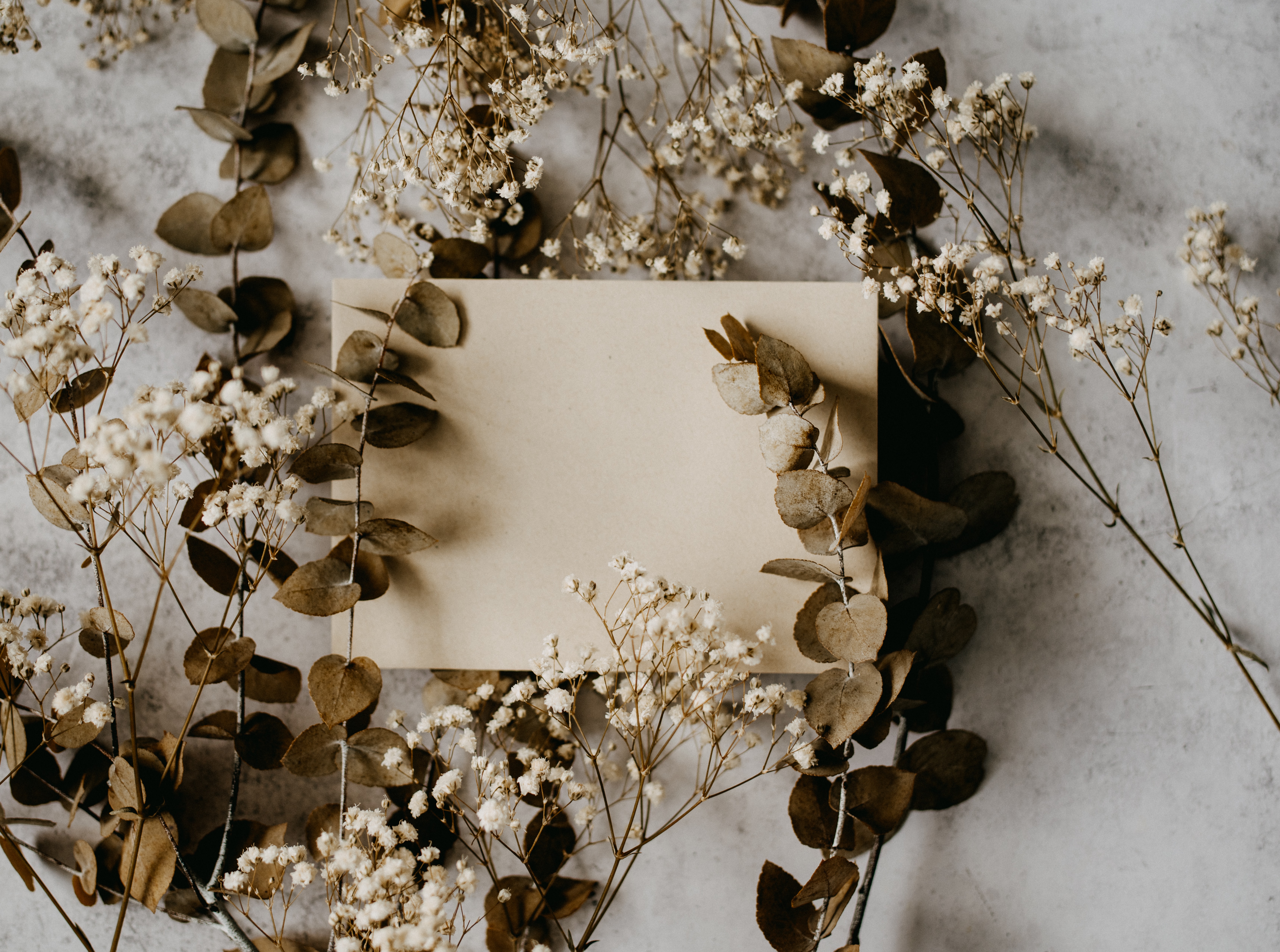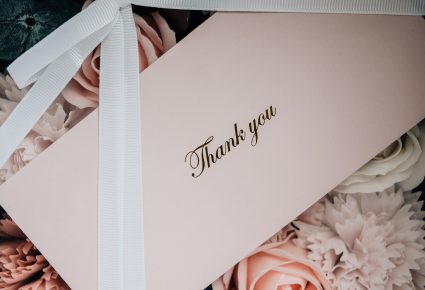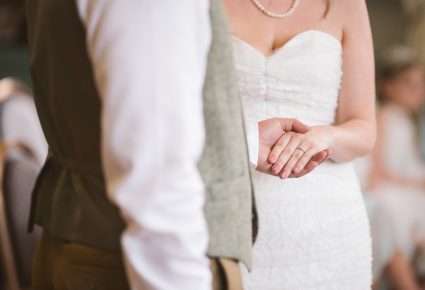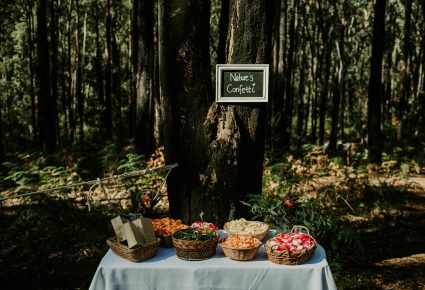How to get the wedding invitation you and the environment both love.
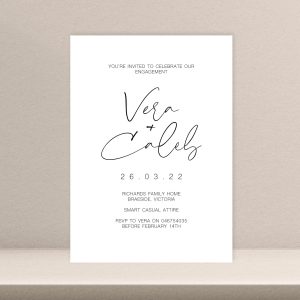
As the first point of contact, wedding invitations set the tone of your big day. Stationery designer Sophie Heatley of Sea & Paper and Jem Linsen of West+Willow talk about how sustainable stationery can give your wedding that warm eco-glow.
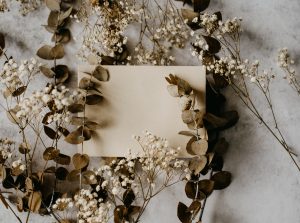
Recycled paper: “It isn’t perfect, as it hasn’t been bleached, but recycled paper naturally has a more raw, authentic feel, so it really suits rustic wedding themes,” says stationery designer Jem Linsen, of Cranbourne-based West+Willow designs. “On our invitations using recycled paper, we’ve printed digitally with simple, black text to let the paper to shine through on the invites, menus and placecards,”
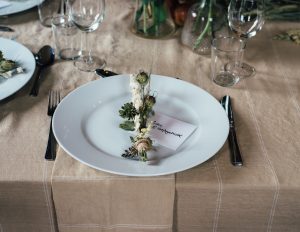
Handmade paper: Taking it up a notch on the green scale, every piece of handmade paper is unique. It can add up to 30 per cent to your paper costs, warns Sophie Heatley of Sea & Paper in Eltham, and some are tricky to print due to all that lovely texture. Truly crafty couples can handwrite their invitations, or use it in one layer of their suite of stationary for a simple Save the Date note.
“One of my invites this year was on recycled handmade paper, which we letter-pressed with an almond-coloured ink, and finished with a deckled (hand-torn) edge. We then tied the envelopes with hand-dyed silk ribbons,” says Sophie. “About 70 per cent of our colour schemes this year are very neutral, very beige and blush, which suit recycled and handmade papers.”
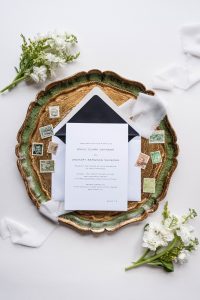
Going virtual: For a truly zero-waste approach, why not save the trees when you save the date, and use e-invites? “I think COVID just fast-tracked a trend toward e-invites that was already occurring,” says Jen. About half her work is in producing soft copies of invitations that can be emailed out or shared in an online wedding group. “It saves printing costs, which is especially important now: I worked with a bride whose wedding was postponed three times due to COVID; in the end, I suggested doing online-only invites, simply to save the couple’s budget.”
If you’re wed to the idea of a paper invite, but are looking for simple ways to green up your wedding, Sophie suggests sending out a paper invite but having guests RSVP online. It saves on paper and saves your guests having to find stamps and post boxes.
“In the past, couples also were worried about elderly guests not knowing how to RSVP online, but everyone is so familiar with QR codes now, they’re great for RSVPs,” says Sophie. “The guest just scans the QR code, which takes them straight to the wedding website where they can accept or decline the invitation.”
Second time around: “We have a lot of suggestions of how to reuse products at weddings, such as turning place cards into coasters that are made from acrylic, which we can print the guests’ names onto. They become a useful keepsake,” says Sophie. “And that wishing well, which is decorated with decals that can be taken off, can be reused for birthdays or baby showers – it’s not just one-time use.”
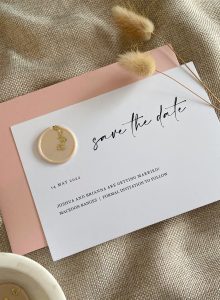
Getting inked: Ask about using organic and biodegradable inks instead of toxic toners, or tap into this year’s trend of letter pressing or debossing. “It’s more subtle than embossing, and with blind embossing, you don’t even need to use ink,” says Sophie. Gold foil isn’t recyclable.
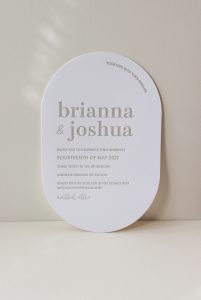
Keep it local: Check where your invites are going to be printed. Do they really need to be sent offshore? With printing often outsourced to Asia, that’s a whole lot of air miles for your invitations.
Seed paper: A growing trend in the US, seed paper has actual seeds embedded into it for decoration, then after the wedding, can be planted for an evergreen memento of your wedding: think easy-to-grow flowers or fragrant herbs.
See seaandpaper.com.au and westandwillowdesigns.com

